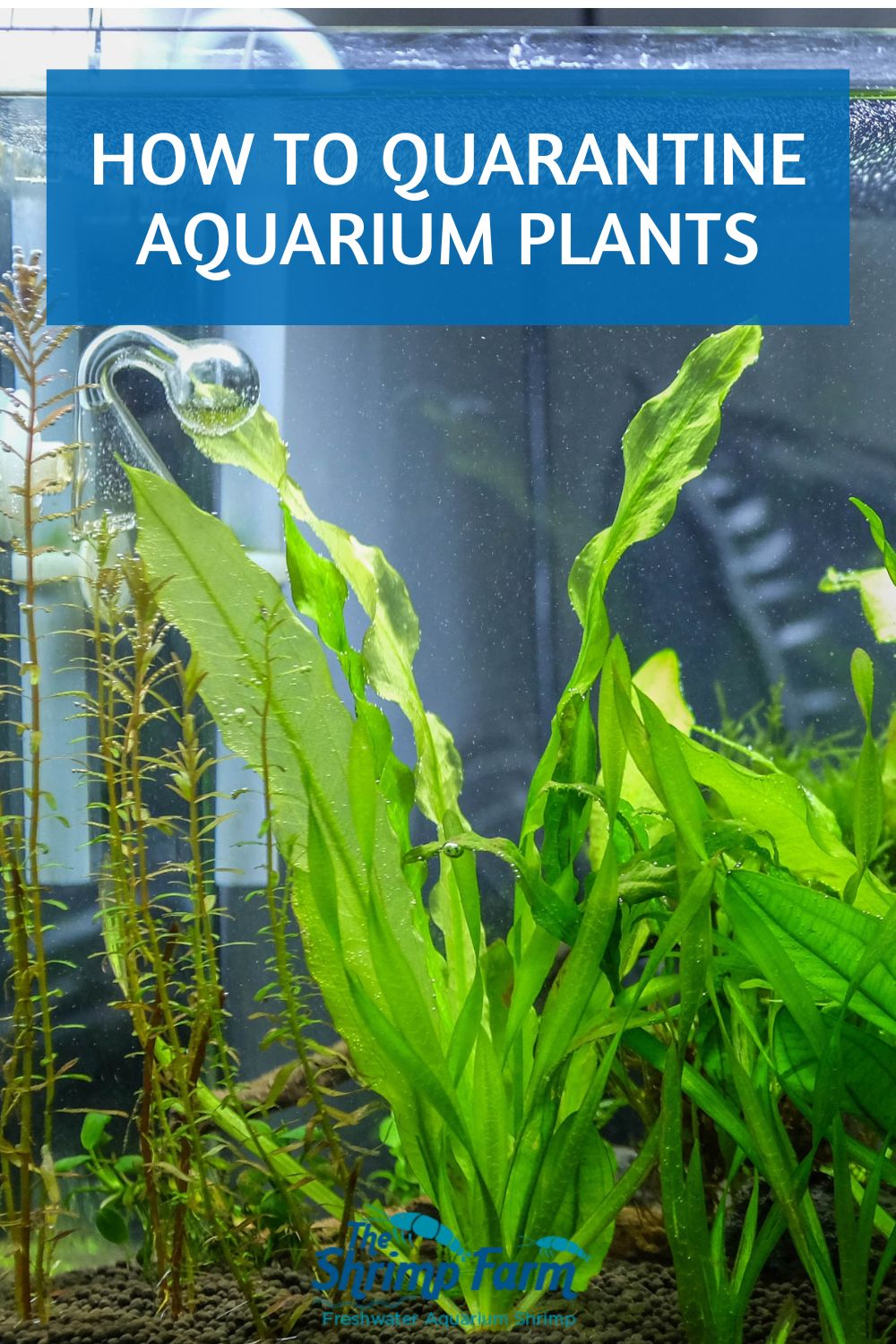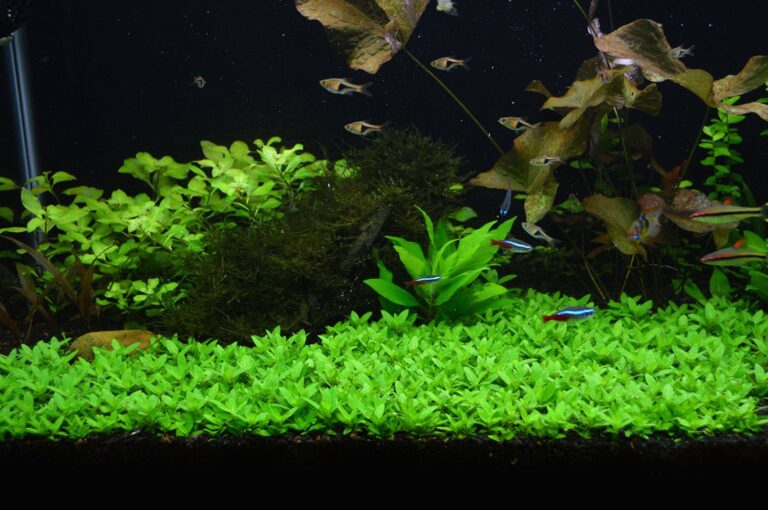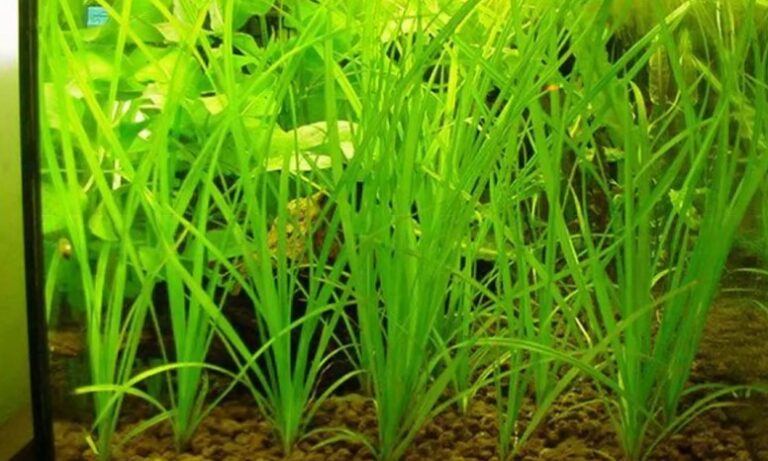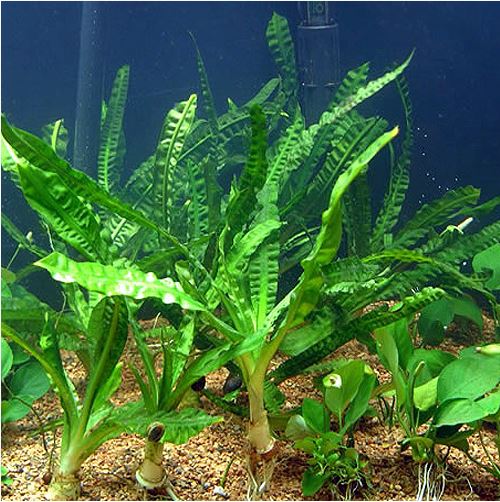How to Disinfect Aquarium Plants: Expert Tips for Clean Tanks
To disinfect aquarium plants, rinse them in a bleach solution and then thoroughly rinse with water. This removes harmful bacteria and parasites.
Disinfecting aquarium plants is crucial for maintaining a healthy aquatic environment. New plants can carry pests and harmful microorganisms that jeopardize your tank’s ecosystem. A simple bleach solution effectively removes these threats. Prepare a solution with one part bleach and 19 parts water.
Soak the plants for two minutes, then rinse them thoroughly under running water. This process ensures your plants are safe for your fish and other aquatic life. Regular disinfection also helps prevent algae growth, keeping your tank clean. Always handle bleach with care and follow safety guidelines. Clean, disinfected plants contribute to a thriving aquarium.
Introduction To Aquarium Plant Care
Caring for aquarium plants is essential for a healthy aquatic environment. Clean plants help maintain water quality and support fish health. Aquarium plants also enhance the aesthetic appeal of your tank. Proper care ensures that your plants thrive and contribute to the ecosystem.
Importance Of Clean Plants
Keeping aquarium plants clean is crucial. Dirty plants can harbor harmful bacteria and parasites. These contaminants can harm fish and other aquatic life. Clean plants also prevent the spread of diseases in your aquarium.
Clean plants improve water clarity. They reduce the buildup of algae and other unwanted substances. This enhances the overall appearance of your tank. Healthy plants promote a balanced and thriving ecosystem.
Common Contaminants
Aquarium plants can get contaminated by various sources. Understanding these contaminants helps you take preventive measures.
- Algae: Algae can grow on plant leaves, blocking light and nutrients.
- Bacteria: Harmful bacteria can attach to plants, posing risks to fish.
- Parasites: Parasites can hitch a ride on new plants, infecting your tank.
- Debris: Dust and organic matter can accumulate on plant surfaces.
Regular cleaning and inspection of plants can mitigate these issues. Use safe and effective methods to disinfect your plants. This ensures the health and vitality of your aquatic environment.
Choosing The Right Plants
Choosing the right plants for your aquarium is crucial. Healthy plants make your tank beautiful and clean. Some plants are easier to disinfect than others. This guide will help you pick the best plants for your tank.
Best Plants For Beginners
Beginners need easy-to-care-for plants. These plants should grow quickly and be hardy. Here are some of the best plants for beginners:
| Plant | Features |
|---|---|
| Anubias | Low light, slow-growing, easy to disinfect |
| Java Fern | Hardy, low maintenance, thrives in low light |
| Amazon Sword | Fast-growing, needs moderate light, easy to disinfect |
| Hornwort | Floats, fast-growing, low light needs |
Plants That Are Easy To Disinfect
Some plants are easier to disinfect. These plants have smooth leaves and tough stems. Here are some examples:
- Anubias – Resistant to algae, easy to clean with bleach solution.
- Java Moss – Can withstand hydrogen peroxide dips.
- Cryptocoryne – Tough leaves, easy to disinfect with potassium permanganate.
- Water Wisteria – Hardy, can handle bleach dips.
These plants make it easy to keep your tank clean. They resist disease and are simple to disinfect. This helps your fish stay healthy.
Essential Tools For Disinfection
Disinfecting aquarium plants keeps your tank healthy. You need the right tools. This section explains the essential tools for disinfecting your aquarium plants. Knowing what to use makes the process easy and safe.
Cleaning Supplies
Proper cleaning supplies are crucial for disinfecting your plants. Here are the main items you’ll need:
- Bleach Solution: Use a diluted bleach solution to kill harmful bacteria.
- Hydrogen Peroxide: Another disinfectant that is safe for aquarium plants.
- Dechlorinator: Neutralizes bleach and other chemicals after disinfection.
- Clean Water: Rinse plants thoroughly to remove any disinfectant residue.
Protective Gear
Using protective gear is important to ensure your safety. Here are some items you should have:
- Gloves: Wear gloves to protect your hands from chemicals.
- Goggles: Use goggles to protect your eyes from splashes.
- Apron: An apron will keep your clothes safe from spills.
- Mask: A mask prevents inhaling any harmful fumes.
Here’s a table summarizing the essential tools:
| Tool | Purpose |
|---|---|
| Bleach Solution | Kills harmful bacteria |
| Hydrogen Peroxide | Alternative disinfectant |
| Dechlorinator | Neutralizes chemicals |
| Clean Water | Rinses plants |
| Gloves | Protects hands |
| Goggles | Protects eyes |
| Apron | Protects clothes |
| Mask | Prevents inhalation |

Credit: www.theshrimpfarm.com
Pre-disinfection Preparation
Before disinfecting your aquarium plants, some crucial steps must be taken. Proper preparation ensures your plants remain healthy and safe. Below, we cover essential pre-disinfection tasks.
Inspecting Plants
First, closely inspect your aquarium plants. Look for any signs of damage or disease. Damaged leaves or stems can harbor harmful bacteria. Remove these parts to prevent contamination.
Use a magnifying glass if needed. Look for small pests like snails or worms. These pests can hide in tiny crevices.
Removing Debris
Next, focus on removing debris from your plants. This step is vital to ensure a thorough disinfection process.
- Rinse each plant under lukewarm water.
- Gently rub the leaves and stems to remove dirt.
- Inspect for any remaining debris or pests.
For heavily soiled plants, you may need to use a soft brush. Ensure all debris is gone before proceeding to the disinfection stage.
Follow these steps, and your plants will be ready for disinfection. This ensures a healthy and vibrant aquarium environment.
Disinfection Methods
Disinfecting aquarium plants is essential to keep your tank healthy. By doing this, you remove harmful pathogens and pests. Various methods can be used, each with its benefits. Below, we explore two popular disinfection methods.
Bleach Solution
A bleach solution is a powerful disinfectant. It’s effective against bacteria, fungi, and algae. Follow these steps to use a bleach solution:
- Mix one part bleach with 19 parts water.
- Soak the plants in the solution for no longer than 2 minutes.
- Rinse the plants thoroughly with fresh water.
- Soak the plants in a bucket of water treated with a dechlorinator.
- Rinse the plants again before adding them to your aquarium.
Always handle bleach with care. Avoid contact with skin and eyes. Use gloves and work in a well-ventilated area.
Hydrogen Peroxide
Hydrogen peroxide is another effective method. It’s less harsh than bleach and safe for sensitive plants. Here’s how to use hydrogen peroxide:
- Prepare a 3% hydrogen peroxide solution.
- Soak the plants in the solution for 5-10 minutes.
- Remove the plants and rinse them with fresh water.
- Soak the plants in a bucket of water for a few hours.
- Rinse the plants again before placing them in the aquarium.
Hydrogen peroxide is safe for most plants and fish. It breaks down into water and oxygen, leaving no harmful residues.
By using these methods, you can keep your aquarium plants clean and healthy. This ensures a thriving aquatic environment.
Natural Disinfection Techniques
Disinfecting aquarium plants is essential for a healthy tank environment. Natural disinfection techniques are safe and effective. They ensure no harm to plants or fish. Below are some methods you can use.
Salt Dip
A salt dip is an effective method for disinfecting aquarium plants. It helps remove parasites and algae. Follow these simple steps:
- Mix one tablespoon of salt per gallon of water.
- Stir the solution until the salt dissolves.
- Submerge the plants in the solution for 15 minutes.
- Rinse the plants thoroughly with fresh water.
Ensure the salt is completely dissolved. This prevents salt crystals from harming the plants.
Vinegar Solution
Using a vinegar solution is another natural method. It is effective for killing bacteria and algae. Here’s how to do it:
- Mix one part vinegar with three parts water.
- Immerse the plants in the mixture for 10 to 15 minutes.
- Rinse the plants well with fresh water.
Make sure to rinse the plants thoroughly. Vinegar residue can alter the pH of your tank.
| Method | Ingredients | Duration |
|---|---|---|
| Salt Dip | One tablespoon of salt per gallon of water | 15 minutes |
| Vinegar Solution | One part vinegar, three parts water | 10-15 minutes |
Using these natural methods, you can keep your aquarium plants healthy. They are simple, safe, and effective.
Post-disinfection Care
After disinfecting your aquarium plants, you need to handle them with care. Proper post-disinfection care ensures plants stay healthy and safe for your tank.
Rinsing And Soaking
First, rinse the plants thoroughly with clean water. This step removes any remaining disinfectant. Hold each plant under running water for a few minutes.
Next, prepare a bowl of dechlorinated water. Soak the plants in this water for 10-15 minutes. This step helps remove any residual chemicals. Use a water conditioner to dechlorinate tap water.
Plant Quarantine
Quarantining the plants is crucial. This process ensures no harmful organisms enter your main tank. Set up a separate tank or container with clean, dechlorinated water.
Place the disinfected plants in this quarantine tank. Keep them here for at least one week. During this time, monitor the plants daily.
Check for any signs of disease or pests. Look for discoloration, holes, or unusual growth. If you notice any issues, address them before adding the plants to your main tank.
| Step | Description |
|---|---|
| Rinse | Rinse plants under running water for several minutes. |
| Soak | Soak plants in dechlorinated water for 10-15 minutes. |
| Quarantine | Place plants in a separate tank for at least one week. |
Tips For Maintaining Clean Plants
Maintaining clean aquarium plants is crucial for a healthy tank. Regular care helps prevent algae and other issues. Follow these tips to keep your plants spotless and thriving.
Regular Inspections
Inspect your plants weekly for signs of dirt or algae. Check leaves, stems, and roots. Remove dead or decaying parts immediately.
- Look for unusual spots or discoloration.
- Check for pests or snail eggs.
- Remove fallen leaves from the tank.
Preventing Contamination
Contamination can harm your aquarium plants. Follow these steps to prevent it.
- Quarantine new plants before adding them to your tank.
- Rinse plants with clean water to remove debris.
- Use a separate tank for treating sick plants.
Avoid introducing harmful chemicals to your tank. Use only aquarium-safe products.
Keep your aquarium tools clean. Sterilize them after each use.
| Task | Frequency |
|---|---|
| Inspect plants | Weekly |
| Rinse new plants | Before adding to tank |
| Clean tools | After each use |
Following these tips will help you maintain clean, healthy aquarium plants.
Troubleshooting Common Issues
Keeping aquarium plants healthy can be a challenge. Sometimes, they face problems such as algae and diseases. Properly disinfecting your plants can help. Here’s how to tackle common issues effectively.
Dealing With Algae
Algae can quickly overrun your aquarium plants. It’s important to act fast. Follow these steps to manage algae:
- Remove visible algae manually using a soft brush.
- Reduce light exposure to the aquarium.
- Increase water circulation with a good filter.
- Introduce algae-eating fish like Siamese algae eaters.
Another effective method is using a hydrogen peroxide solution:
| Step | Action |
|---|---|
| 1 | Mix 3% hydrogen peroxide with water (1 part peroxide, 10 parts water). |
| 2 | Soak the plants for 5 minutes. |
| 3 | Rinse the plants thoroughly before returning them to the tank. |
Handling Plant Diseases
Aquarium plants can also suffer from diseases. Early identification is key to treatment. Common symptoms include yellowing leaves, spots, or decay.
- Inspect plants regularly: Look for any signs of disease.
- Remove affected areas: Trim off diseased leaves and stems.
- Use a mild bleach solution: Mix 1 part bleach with 19 parts water.
- Soak plants for 2 minutes: Ensure thorough coverage.
- Rinse plants: Use dechlorinated water to remove bleach.
Monitor the plants for improvement. Repeat the process if needed. Healthy plants contribute to a thriving aquarium ecosystem.

Credit: aquariumbreeder.com

Credit: www.wikihow.pet
Frequently Asked Questions
How Do I Disinfect Aquarium Plants?
To disinfect aquarium plants, use a mild bleach solution. Soak the plants for 5 minutes, then rinse thoroughly.
Can I Use Hydrogen Peroxide On Aquarium Plants?
Yes, you can use hydrogen peroxide. Dilute it to a 3% solution and soak plants for 5 minutes. Rinse well.
What Is The Safest Method To Disinfect Plants?
The safest method is using potassium permanganate. Soak plants in a solution for 10-15 minutes and rinse thoroughly.
How Often Should I Disinfect My Aquarium Plants?
Disinfect new plants before adding them. Routine disinfection is not usually necessary unless you notice issues.
Conclusion
Keeping your aquarium plants clean ensures a healthy environment for your fish. Follow the steps mentioned to disinfect plants effectively. Regular maintenance prevents algae and disease, promoting vibrant plant growth. By taking these precautions, you create a thriving, beautiful aquarium that both you and your aquatic friends will enjoy.




